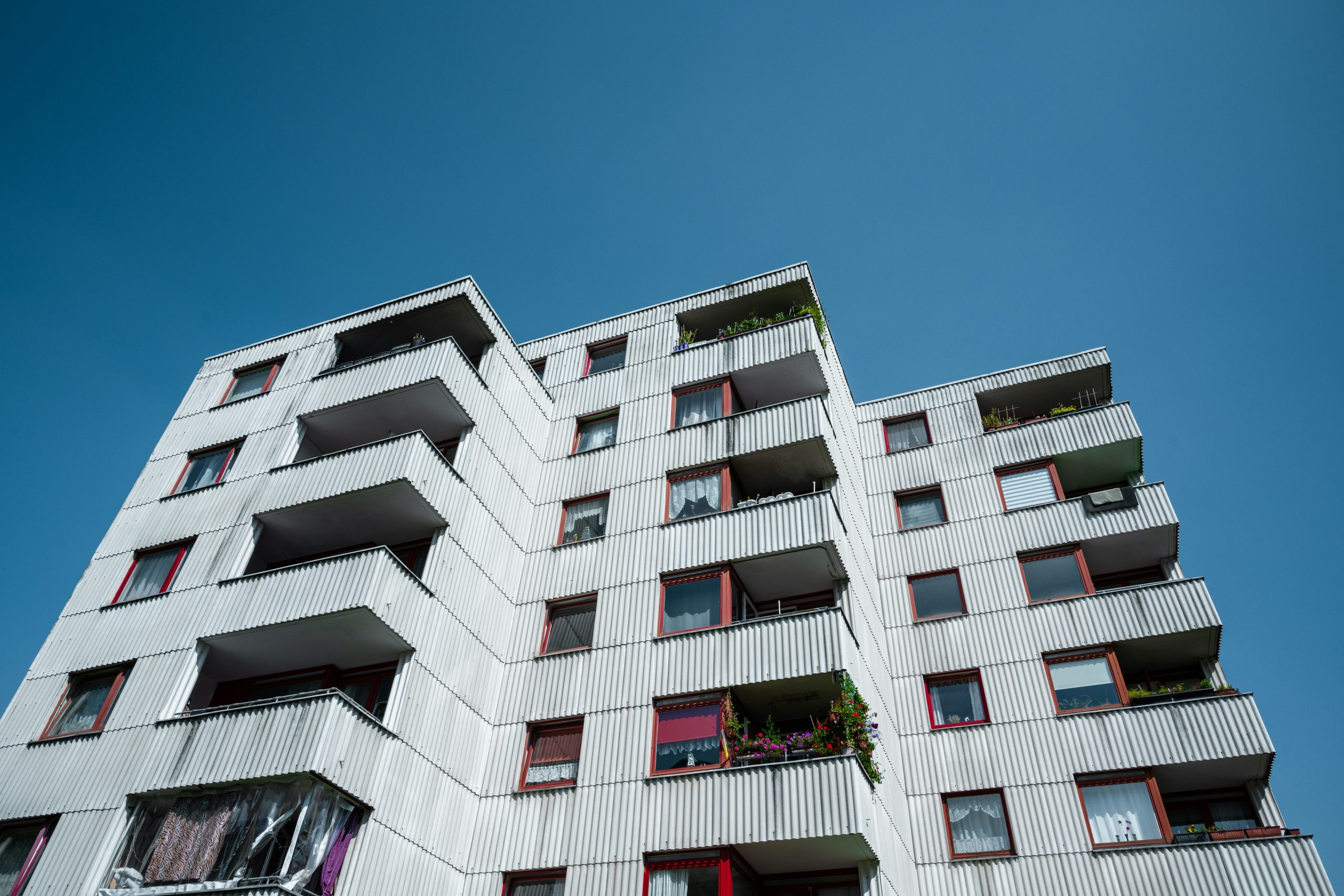Mycelium Insulation: Fungal Materials Slashing HVAC Costs
Finding energy-efficient and cost-effective solutions for heating and cooling homes and buildings has become ever more crucial in today’s world. As energy prices continue to rise and concerns for the environment grow, innovative and sustainable methods are needed to meet the high demands of daily living. Enter Mycelium insulation, a revolutionary and natural solution that is taking the HVAC industry by storm. In this article, we will delve into the world of Mycelium insulation and how its use of fungal materials is slashing HVAC costs while providing a greener alternative for keeping our homes and buildings comfortable.
The Advantages of Mycelium Insulation
Before we dive into the specifics of Mycelium insulation, let’s first look at what sets it apart from traditional insulation materials. Mycelium, also known as mushroom root, is the vegetative part of a fungus that grows in thread-like structures. It is known for its exceptional insulation properties and has been used for various industrial and commercial purposes, including packaging, furniture, and even as a meat substitute. However, it’s only recently that Mycelium gained recognition as a powerful eco-friendly alternative for insulation.
Highly Efficient and Cost-Effective
Mycelium insulation is highly efficient in regulating temperature, making it an excellent choice for both hot and cold climates. Its insulating properties are comparable to that of traditional materials such as fiberglass and foam, but it outperforms them in terms of cost-effectiveness. Mycelium insulation is significantly cheaper to manufacture and install, making it an affordable option for homeowners and businesses alike.
Sustainable and Eco-Friendly
One of the main advantages of Mycelium insulation is its sustainability. Fungal materials are exceptionally natural and readily available, making them environmentally friendly and renewable sources of insulation. Additionally, unlike traditional materials such as fiberglass, Mycelium insulation does not release harmful chemicals or off-gas, making it a healthier option for both humans and the environment.
Improves Indoor Air Quality
Indoor air quality is a significant concern for many, especially for those with respiratory issues. Mycelium insulation helps improve indoor air quality by reducing the presence of allergens and pollutants. Its fibrous structure can trap dust and other particles, preventing them from circulating in the air and potentially causing health problems. This makes it an ideal choice for those looking to improve air quality in their homes and buildings.
How It Slashes HVAC Costs
The primary purpose of insulation is to regulate temperature and keep the desired climate inside a building. This means that the amount of energy needed to heat or cool a space is directly affected by the type of insulation used. With Mycelium insulation’s highly efficient properties, HVAC systems do not have to work as hard to maintain a comfortable temperature, resulting in significant cost savings for homeowners and businesses alike.
Lower Energy Bills
According to a study by the American Society of Heating, Refrigerating and Air-Conditioning Engineers (ASHRAE), proper insulation can help reduce energy bills by up to 30%. By using Mycelium insulation, homes and buildings can lower their energy consumption, leading to significant cost savings in the long run. Additionally, because of its natural and renewable nature, Mycelium insulation can also help with green building certifications, further reducing energy costs.
Long-Term Durability
Mycelium insulation is known for its remarkable durability and longevity. When properly installed and maintained, it can last for decades without losing its insulating properties. This means that there is no need for frequent replacements or repairs, leading to reduced maintenance and repair costs for HVAC systems.
Reduced Environmental Impact
As mentioned earlier, Mycelium insulation is a sustainable and eco-friendly alternative to traditional insulation materials. Its use can significantly reduce a building’s carbon footprint, making it a step towards a greener and more sustainable future. By using Mycelium insulation, we can help reduce the demand for energy and lessen our impact on the environment.
The Future of HVAC
With the growing importance of energy efficiency and environmental sustainability, it’s no surprise that Mycelium insulation is gaining popularity as a game-changer in the HVAC industry. Its seemingly endless benefits and cost-saving advantages make it a viable option for both residential and commercial buildings. As technology continues to advance, we can only imagine the potential for further enhancements and innovations in the world of Mycelium insulation.
In conclusion, Mycelium insulation is not just a fad or a trendy eco-friendly solution. It is a highly efficient and cost-effective option for reducing HVAC costs and promoting sustainable practices. Its use of fungal materials is slashing HVAC costs while paving the way for a greener and more comfortable future. So for your next HVAC project, why not consider Mycelium insulation and experience its numerous benefits yourself.











